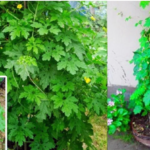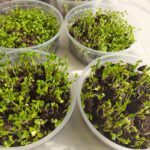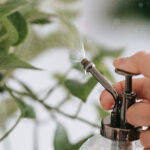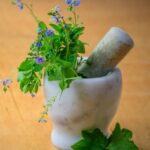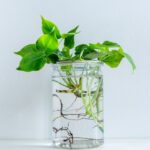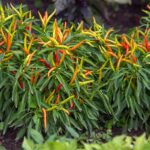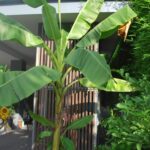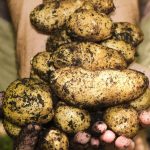If you’re thinking of turning mangoes into money, here’s your ultimate, SEO-friendly guide to successful mango cultivation in Bangladesh — from soil to harvest!
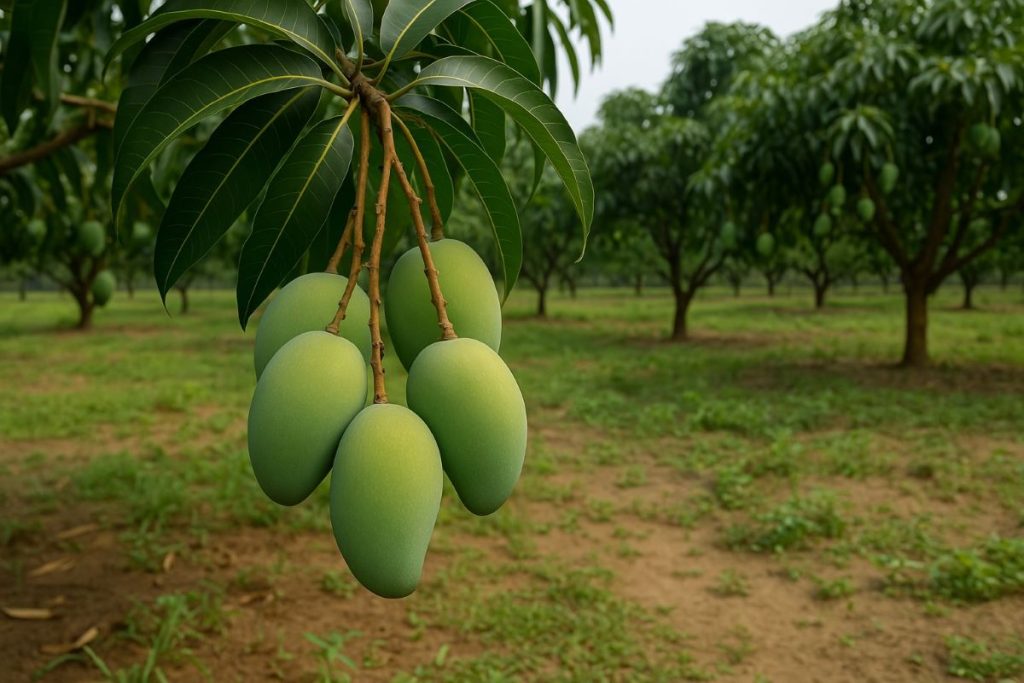
Nutritional Value
Ripe mangoes are rich in carotene and loaded with essential minerals — a delicious source of nutrition!
Medicinal Benefits
Dried mango blossoms can help treat diarrhea and burning sensation during urination. Mangoes are also beneficial for the liver and digestive health.
Common Uses
Mangoes are widely used to make chutneys, pickles, juices, and candies — perfect for both local consumption and export.
Best Land and Soil
Fertile loamy soils on medium to high ground are ideal for mango farming.
Popular Varieties in Bangladesh
- BARI Mango-1 (Mohananda): Regular annual yield; grows well across Bangladesh. Attractive yellow color; average fruit weight ~200g.
- BARI Mango-2: Consistent annual bearer; smooth skin, average weight ~250g. Suitable for all regions.
- BARI Mango-3 (Amrapali): High-quality, deep orange, fiberless pulp. Medium juicy (70%), mid-sized trees. Each tree yields ~155–170 fruits.
- BARI Mango-4 (Hybrid): High-yielding, sweet late-season variety. Ripens after Fazli and with Ashwina. Sweet even when raw!
Sapling Preparation
Use the cleft grafting method to prepare high-quality saplings.
Planting Time & Distance
- Best planting time: Mid-May to Mid-July and Mid-August to Mid-October
- Use hexagonal planting to accommodate 15% more trees.
- Maintain 8–10 meters distance between trees.
Fertilizer Guide
At planting (per pit):
- Cow dung: 22 kg
- Urea: 150 g
- TSP: 550 g
- MOP: 300 g
- Gypsum: 300 g
- Zinc Sulfate: 60 g
Apply saplings with soil ball into the pit 10–15 days after applying fertilizer.
For mature trees (annually):
- Organic manure: 50 kg
- Urea: 2 kg
- TSP: 1 kg
- MOP: 500 g
- Gypsum: 500 g
- Zinc Sulfate: 25 g
Apply in two doses: once during May-June and again in October
Irrigation & Weed Control
- Stop irrigation 3–4 months before flowering.
- One basin irrigation after blooming and again when fruits are pea-sized.
- Keep tree base and branches clean.
- Remove flower buds until the tree is 4 years old.
Disease Management – Anthracnose
- Cause: Fungal infection
- Symptoms: Grey-brown spots on leaves, branches, and fruit; infected panicles drop; fruits decay with dark patches.
- Prevention:
- Prune and burn dead branches after the season.
- Apply Bordeaux mixture on cut areas.
- Use Dithane M-45 or Tilt-250 EC after panicles emerge but before flowering.
Pest Management – Mango Fruit Borer
- Damage: The larvae bore into young mangoes and feed on the pulp. From outside, fruit may look fine but inside it’s damaged.
- Prevention:
- Remove dead twigs and excessive foliage.
- Use approved insecticide 1–2 weeks after fruit formation.
Harvesting Tips
When the fruit stem turns yellowish, it’s time to harvest. Avoid shaking the tree — use a bamboo basket tool for safe and damage-free collection.
Ready to turn your backyard into a mango goldmine?
Start with the right knowledge, and your orchard could bear sweet results — literally and financially!



